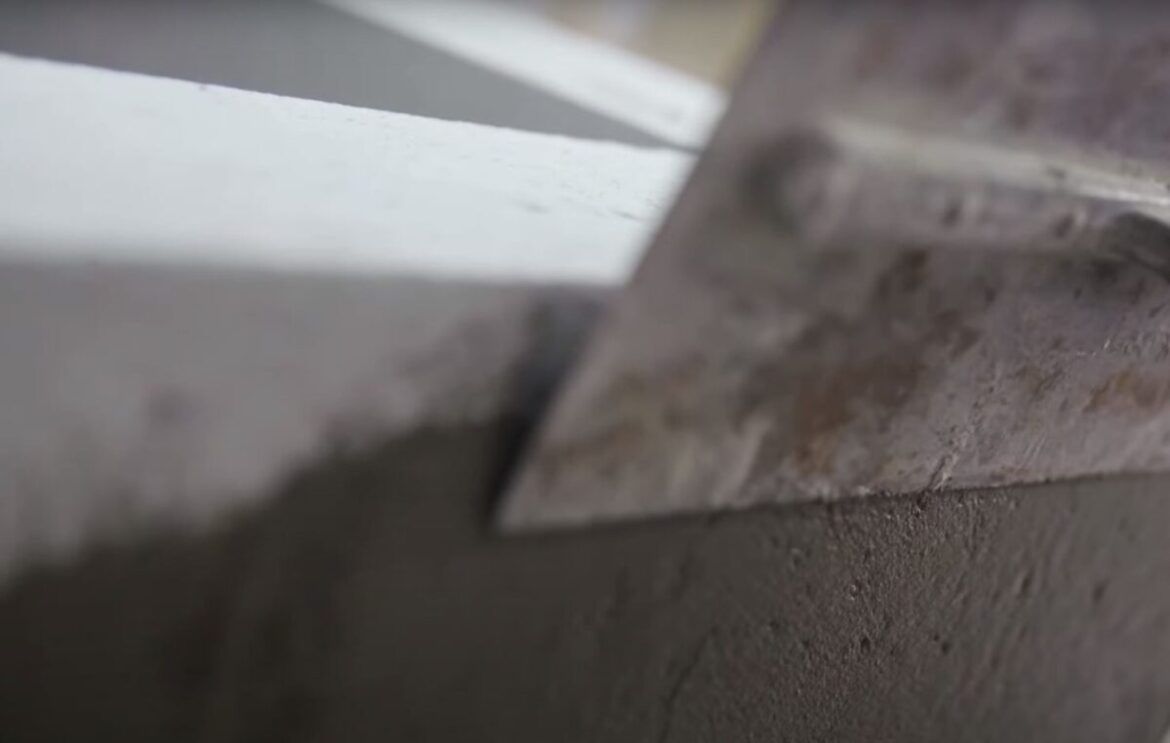Is Plaster Stronger Than Concrete? Understanding the Key Differences
Materials in Comparison: Plaster vs. Concrete
Plaster and concrete are two materials that are commonly utilized in the construction industry, especially here in Auckland. But when it comes to their strength and specific applications, how do these two materials measure up?
Concrete is composed of a blend of cement, sand, gravel, and water. It’s typically used in heavy-duty structural applications, such as foundations and load-bearing walls, because of its high compressive strength. In suburbs like Albany or Remuera, where development has been robust, concrete is often the go-to material for major structural work.
Plaster, on the other hand, is a mixture of gypsum, lime, or cement with water and sand, mainly used for coating walls and ceilings. Its strength can vary based on its specific composition, but it’s generally less robust than concrete. Here’s a breakdown of the characteristics that define these two materials:
- Concrete:
-
- High compressive strength
- Suitable for load-bearing structures
- More rigid and less flexible
- Takes longer to cure
- Typically more expensive
- Plaster:
-
- Smooth finish
- More flexible
- Can be applied to a variety of surfaces
- Not suited for load-bearing applications
- Generally more cost-effective
Strength Analysis: A Deeper Dive
In the context of load-bearing ability, concrete is, without doubt, stronger than plaster. Its compressive strength can range from 20 MPa to over 60 MPa, depending on the mix. Conversely, the strength of plaster varies with its type and purpose, typically falling within the 2 to 20 MPa range. This clearly outlines why plaster isn’t used for load-bearing structures.
Health and Safety Aspects: What You Need to Know
Working with both plaster and concrete involves unique health and safety considerations.
- Concrete:
- Risk of skin irritation due to alkaline nature
- Ensuring proper curing to avoid structural failures
- Heavy lifting concerns
- Plaster:
- Respiratory risks due to dust exposure
- Risk of eye irritation
- Adequate drying time to prevent mould growth
Professional plastering services like Your Plasterers Auckland take these aspects into consideration, employing best practices in suburbs like Mt. Eden and beyond to ensure the highest quality and safety standards.
Exceptional Scenarios: Where the Rules May Vary
While the above explanations provide a general guideline, specific applications may call for tailored solutions. For instance, specific types of plaster can be formulated to provide higher resistance to fire or water damage. In some instances, these specially formulated plasters might even match lower-grade concretes in terms of strength. Expert consultation is advisable to make the most suitable material choice.
Understanding the Science and Engineering Behind These Materials
From a scientific perspective, the strength of both concrete and plaster depends on the quality of their constituents and their proportions. Concrete gains strength through a hydration reaction, where water reacts with cement to form a matrix that binds the aggregates. Plaster, on the other hand, depends on crystalline structures formed by the combination of gypsum or lime with water.
The selection between plaster and concrete depends on the specific needs of your project. Engaging professional services like Your Plasterers Auckland can help navigate the complexities of these materials and ensure the right choice for your Auckland home or business. Their expertise ensures quality workmanship that aligns with both the structural requirements and aesthetic preferences, keeping in mind the unique environment of the Auckland region.
Frequently Asked Questions
Is Plaster Stronger Than Concrete?
No, concrete is generally stronger than plaster in terms of compressive strength. While concrete is suited for load-bearing and structural applications, plaster is more commonly used for coatings and finishes. Specialized plasters may have enhanced properties but are typically not as strong as concrete.
What Are the Health and Safety Concerns When Working with Plaster and Concrete?
For concrete, risks include skin irritation due to its alkaline nature, the need for proper curing to avoid structural issues, and concerns related to heavy lifting. Plaster poses risks such as respiratory issues from dust exposure and eye irritation. Professionals like Your Plasterers Auckland are trained to handle these materials with the utmost safety.
Can Plaster Be Used for Structural Purposes Like Concrete?
Plaster is not designed for structural purposes like concrete. While there may be specially formulated plasters with increased resistance to certain elements, they are generally not suitable for load-bearing applications where concrete would be the preferred choice.
How Do I Choose Between Plaster and Concrete for My Project in Auckland?
The choice between plaster and concrete depends on the specific needs of your project. Concrete is suitable for structural applications, whereas plaster provides a smooth finish for surfaces. Consulting with a professional service like Your Plasterers Auckland, who are well-versed in local Auckland conditions, can help determine the best material for your project.
Are There Any Special Types of Plaster That Can Match Concrete in Strength?
While typical plaster is not as strong as concrete, there may be specific formulations with enhanced properties. These are exceptions and not generally used in place of concrete for load-bearing structures. Expert consultation, such as that provided by Your Plasterers Auckland, can provide guidance on the most suitable material for your particular needs.
Key Takeaways:
Concrete vs. Plaster Strength:
Concrete is stronger in terms of compressive strength and is used in load-bearing structures, while plaster is utilized for coatings and finishes. Specialized plasters exist but are generally not as strong as concrete.
Health and Safety Considerations:
Working with both plaster and concrete has specific health and safety risks, including skin and respiratory irritation. Plastering Professionals like Your Plasterers Auckland adhere to safety guidelines to minimize these risks.
Specialized Applications and Exceptions:
Though general rules apply, there are exceptional scenarios where specific types of plaster might be formulated for unique purposes, such as higher fire or water resistance. Professional consultation is key in these instances.
Science Behind the Materials:
The strength of concrete and plaster is determined by their constituent materials and proportions. Understanding the science and engineering behind them is essential in making the right material choice for a project.
Local Expertise for Auckland Residents:
Choosing between plaster and concrete can be complex. Engaging with a local expert like Your Plasterers Auckland, who is knowledgeable about the specific requirements and conditions of Auckland suburbs, ensures quality workmanship and the appropriate material selection.
References
- Neville, A. M. (1996). Properties of Concrete. Pearson Education Limited.
- McGowan, P. (2005). Modern Plastering. Cengage Learning.
- NZ Standards (2011). Health and Safety Guidelines in Construction. Standards New Zealand.

